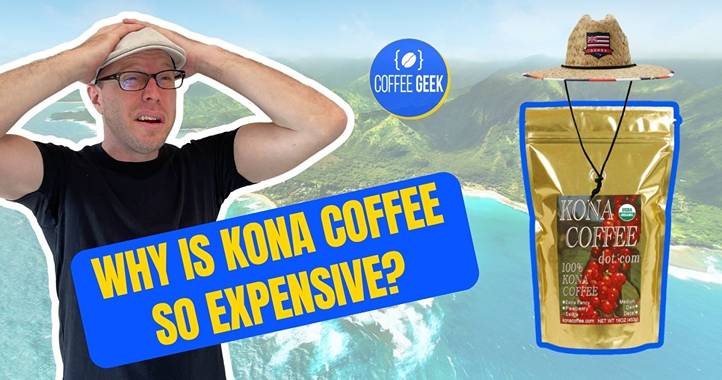As coffee enthusiasts around the world will tell you, a good coffee cup is more than just a way to start the morning – it’s an indulgence and an experience.
Among specialty coffee varieties, Kona coffee stands out as a distinct, intricate brew.
Loved by coffee connoisseurs globally, Kona coffee carries a heavy price tag that often leaves people wondering, “why is Kona coffee so expensive?”
- Understanding Kona Coffee: A Precious Brew
- Exploring the Origins of Kona Coffee
- Shedding Light on the Expense: Factors Making Kona Coffee Costly
- Why Is Kona Coffee so Expensive?
- Evaluating the Worth of Kona Coffee: Is It Really Worth It?
- Conclusion: The Unmistakable Essence of Kona Coffee
- In Conclusion
- People Also Ask
Understanding Kona Coffee: A Precious Brew
What Makes Kona Coffee Unique?
Kona coffee, grown on the western coast of the Big Island of Hawaii in the Kona coffee belt, boasts a unique combination of factors that gives it its remarkable taste.
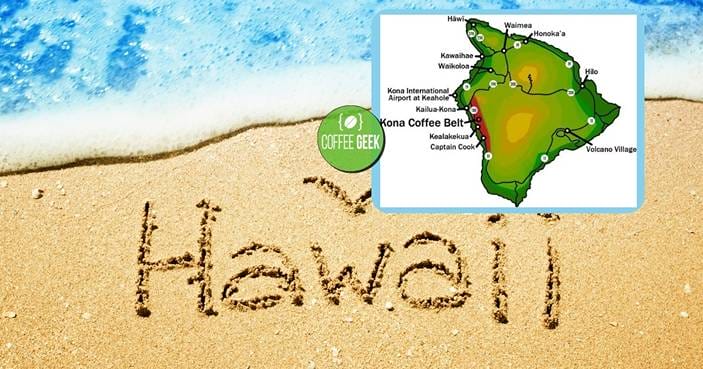
Its cultivation on the volcanic slopes of Mauna Loa and Hualalai, thriving in the fertile volcanic soil, results in coffee beans with distinctive taste characteristics.
The sunny mornings, systematic cloud cover, and adequate rainfall in this growing region also make Kona coffee unique.
The Exclusivity of Kona Coffee Beans
Adding to its uniqueness is the fact that Kona coffee is one of the few coffee varieties that are handpicked. This is a labor-intensive process unlike mechanically harvested coffee.

Such meticulous harvesting ensures only the ripest coffee cherries, which encompass the coffee beans, are picked, further enhancing the quality of every cup of Kona.
Exploring the Origins of Kona Coffee
The Coffee Bean’s Journey: From Harvest to Cup
The journey from the Kona coffee farm to your cup begins with the hand-picking of the ripe coffee cherries.
After harvesting, Kona coffee beans go through a rigorous process of washing, drying, milling, and roasting, all of which are carried out with enormous care by the Kona coffee farmers to maintain the quality of each bean.
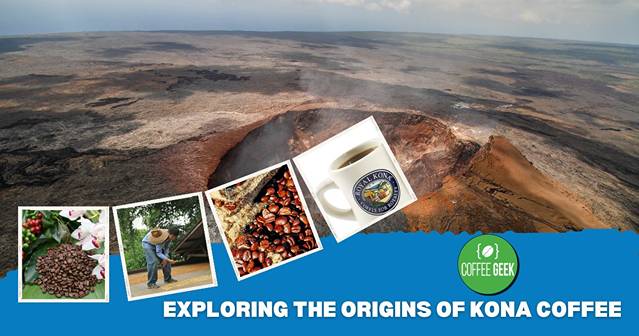
The Role of Kona’s Climate in Coffee Production
The unique climate of the Kona region, situated along the western coast of the Big Island, heavily influences coffee production. The rich, volcanic soil and the unique weather patterns are perfect for growing coffee trees.
After all, coffee trees flourish best in tropical climates with specific altitude and rainfall conditions, which the slopes of Hualalai and Mauna Loa provide in abundance.
Shedding Light on the Expense: Factors Making Kona Coffee Costly
Expensive Harvest: The Efforts Behind Each Kona Bean
Each bean is the result of an elaborate and labor-intensive process carried out by devoted Kona coffee farmers.
From the planting phase to handpicking ripe coffee cherries and processing them into Kona coffee beans, every single bean is an embodiment of these farmers’ painstaking labor, contributing to the high per-pound price tag on Kona coffee.
Threats Impacting Kona Coffee Crops
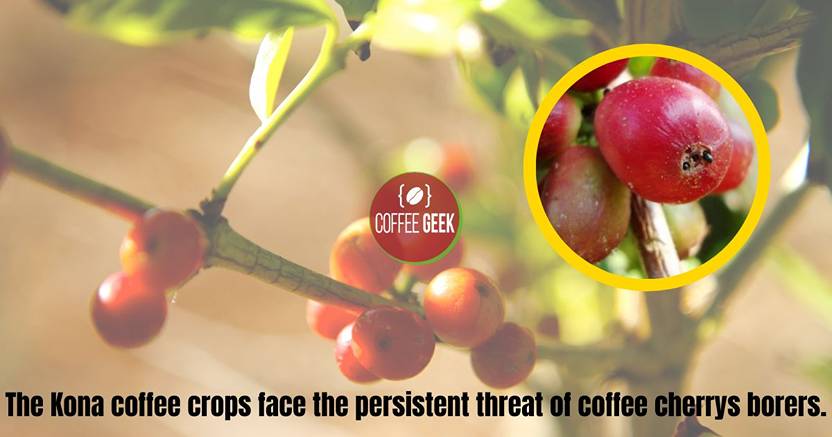
Furthermore, the Kona coffee crops face the persistent threat of coffee cherrys borers, an infestation that can significantly reduce yield.
This, combined with occasional unpredictable weather disturbances, can impact the number of Kona beans harvested each year, reducing the amount of Kona coffee available.
Why Is Kona Coffee so Expensive?
Supply and Demand: Kona Coffee’s Global Recognition
The limited supply, combined with high demand from coffee enthusiasts who get a fancy for this exotic brew, certainly contributes to why Kona coffee is so expensive.
Pure Kona coffee production only happens in the Kona region, making it scarce and highly sought-after, ultimately driving the price higher.
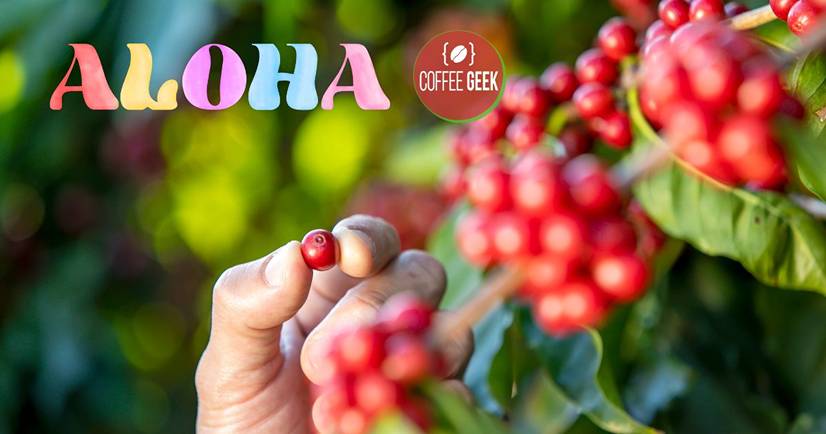
Quality over Quantity: The Premium Nature of Kona Beans
Quality often trumps quantity when it comes to Kona coffee. Coffee connoisseurs worldwide revere it as one of the best coffee in the world due to its smooth, low-acidity profile and strong aroma.
Also, the fact that Kona beans are grown and processed with exceptional care justifies their cost.
Evaluating the Worth of Kona Coffee: Is It Really Worth It?
A Deeper Look into Kona Coffee’s Price Tag
While the price per pound of coffee from Kona might seem high, the superior quality, unique flavor profile, and labor it takes to produce a single bean makes it worth every penny for those who appreciate quality coffee.
Tasting The Difference: A Coffee Lover’s Perspective
Most importantly, those who get to taste the difference will tell you that a Kona cup of coffee is an experience like no other.
This unique and unrivaled flavor profile of Kona coffee justifies the cost for coffee connoisseurs.
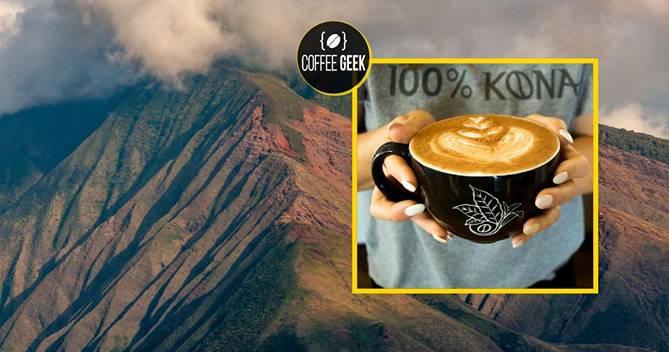
Conclusion: The Unmistakable Essence of Kona Coffee
The Real Cost of a Cup of Kona Coffee
The price you pay for a Kona cup is more than just a luxury purchase.
It’s an investment into the meticulous labor of the coffee farmers on the slopes of Mauna Loa, and ultimately, a testament to the global recognition of the world’s best coffee.
Indulging in the Kona Coffee Experience
In the end, you are not just buying coffee – you are indulging in the Kona coffee experience.
And for those who appreciate a good cup of coffee, a Kona cup is a luxury that is well worth the price. And this, friends, is the essence of why Kona coffee is so expensive.
| Factor | Explanation |
|---|---|
| Unique Growing Region | Kona coffee is grown exclusively in the Kona district of Hawaii, which has ideal conditions for coffee cultivation, but limited space. This rarity drives up the price. |
| Labor-Intensive Harvesting | The labor-intensive process of hand-picking ripe coffee cherries contributes significantly to the cost of Kona coffee production. |
| Strict Quality Standards | Kona coffee is subject to rigorous quality control, including grading and certification, which adds to production costs. |
| Limited Production Scale | Kona coffee farms are generally small, family-owned operations, which limits economies of scale and increases production costs. |
| Sustainable Farming Practices | Many Kona coffee farms prioritize sustainable and environmentally friendly practices, which can be more costly but appeal to environmentally conscious consumers. |
| Volcanic Soil and Microclimate | Kona’s unique volcanic soil and microclimate produce exceptional coffee beans but require specific care and maintenance, increasing costs. |
| Geographic Isolation | The geographic isolation of Hawaii results in higher transportation and shipping costs for Kona coffee. |
| Processing and Drying Methods | Specialty processing and drying methods are employed to enhance the coffee’s quality, adding to the overall expense. |
| Labor Costs | The cost of labor in Hawaii is relatively high, further increasing the price of Kona coffee. |
| Premium Branding and Marketing | Kona coffee benefits from a premium image, with extensive marketing efforts, which can increase its perceived value and price. |
In Conclusion
Kona coffee is one of the most expensive coffees in the world, and it is highly sought after for its unique taste and flavor.
Kona coffee is grown exclusively in the Kona district of Hawaii, which is a small growing region on the big island of Hawaii stretches only 30 miles along the coast.
The tropical temperatures and mild nights in this region create the perfect climate for growing coffee, and the nutrient-rich volcanic soil nourishes the plants and gives the beans their ideal flavor.
One of the reasons why Kona coffee is so expensive is the cost of labor. Kona coffee is handpicked by farmers, who carefully select only the ripest beans.
This is a time-consuming and labor-intensive process that requires a lot of skill and expertise.
Additionally, the coffee harvest is often threatened by pests like coffee cherry borers, which can devastate many farms back and reduce the yield of high-quality beans.
Another reason why Kona coffee is so expensive is the small growing region.
Kona coffee is grown in a small area of Hawaii that is only 30 miles long, which means that the supply of high-quality beans is limited.
This limited supply, combined with the high demand for Kona coffee, drives up the price of the beans.
In summary, Kona coffee is so expensive because it is grown in a small 30-mile region of Hawaii that is ideal for coffee cultivation.
The nutrient-rich volcanic soil and tropical climate create the perfect conditions for high-quality beans grow.
Additionally, the cost of labor and the threat of pests like coffee cherry borers make the coffee harvest a time-consuming and labor-intensive process.
These factors, combined with the limited supply of high-quality beans, make Kona coffee one of the most expensive coffees in the world.
Despite the high cost, many coffee lovers consider Kona coffee to be an unforgettable cup of coffee that is worth the price.
People Also Ask
Why are Kona beans more expensive than other beans?
Kona beans are grown on the rocky slopes of Hawaii’s volcanoes, particularly on the big island of Hawaii, which stretches only 30 miles.
This region, known as the Kona Belt Coffee, is a narrow strip of land with unique climatic conditions that result in an unforgettable coffee cup.
Combined with the cost of labor and the manual harvest method used, the average price of Kona coffee is considerably higher than other types of coffee.
What impact does the location of the coffee plantations have on the cost of Kona coffee?
The Kona coffee belt along western coast of the Big Island lies in the shadows of the Hualalai and Mauna Loa volcanoes where coffee is grown.
The volcanic soil coupled with the tropical climate helps produce high-quality beans.
However, the geographical constraints of this narrow strip of land limit the amount of coffee that can be grown, thus driving up prices.
How does the harvest of Kona coffee crops contribute to its premium price?
Unlike some other areas of the world’s coffee production where it only cents per pound to mechanically pick the beans, Kona coffee is hand-picked.
Laborers must go through the same coffee tree multiple times throughout the harvest season as not all the beans ripen at once. This meticulous harvesting process can contribute to the higher cost.
What makes the Kona coffee bean different from other beans?
Kona beans are known for their lower acidity and smooth flavor, a result of the unique growing conditions on the volcanic slopes of the Big Island.
The Hawaiian Department of Agriculture also sets strict standards for Kona coffee, which must be grown commercially in the Kona district and be at least 10% Kona coffee to bear the name.
Is all Hawaiian coffee Kona coffee?
No, not all Hawaiian coffee is Kona coffee. While Hawaii is famous for its Kona coffee, there are other regions on the islands such as
Oahu where coffee is grown as well, but each will have distinct flavors owing to variations in soil and climate.
Why is Kona coffee sometimes referred to as “fancy coffee”?
The term “fancy” is used by the Hawaii Agricultural Department to describe beans of a certain size and grade. Only the largest and best quality Kona beans can earn the “fancy” designation.
How are Kona coffee crops different from traditional coffee crops?
Unlike other coffee growing regions where mechanical picking may be employed, Kona coffee crops require labor-intensive handpicking due to the uneven terrain and to ensure only the ripest beans get harvested.
This results in a higher cost of labor hence a pricier product.
How does the harvesting process affect the quality of Kona beans?
The harvesting process of Kona beans is quite meticulous. The beans do not ripen all at once, so harvesters need to pick beans from the same tree multiple times during the harvest season.
This careful and selective picking results in the optimum quality of beans and robust flavor associated with Kona coffee.
What makes a cup of coffee Kona unforgettable?
The unforgettable taste of Kona coffee is deeply influenced by the unique growing conditions in the Kona coffee belt along the western coast of the Big Island.
Here, the volcanic soil, sunny mornings, and afternoon cloud cover create an unique microclimate perfect for coffee cultivation.
The result is a coffee with a smooth, rich flavor and low acidity that is highly sought after.
I want to experience the best Kona coffee has to offer. What should I look for?
Look for pure Kona coffee, not a blend. The label should indicate that it’s 100% Kona coffee, grown and harvested in the Kona district of the Big Island.
In addition, choose “fancy” or “extra fancy” grades.
Though they may come with a higher price tag, these are the largest and highest quality beans recognized by the Hawaii Agricultural Department, promising an exceptional coffee experience.

